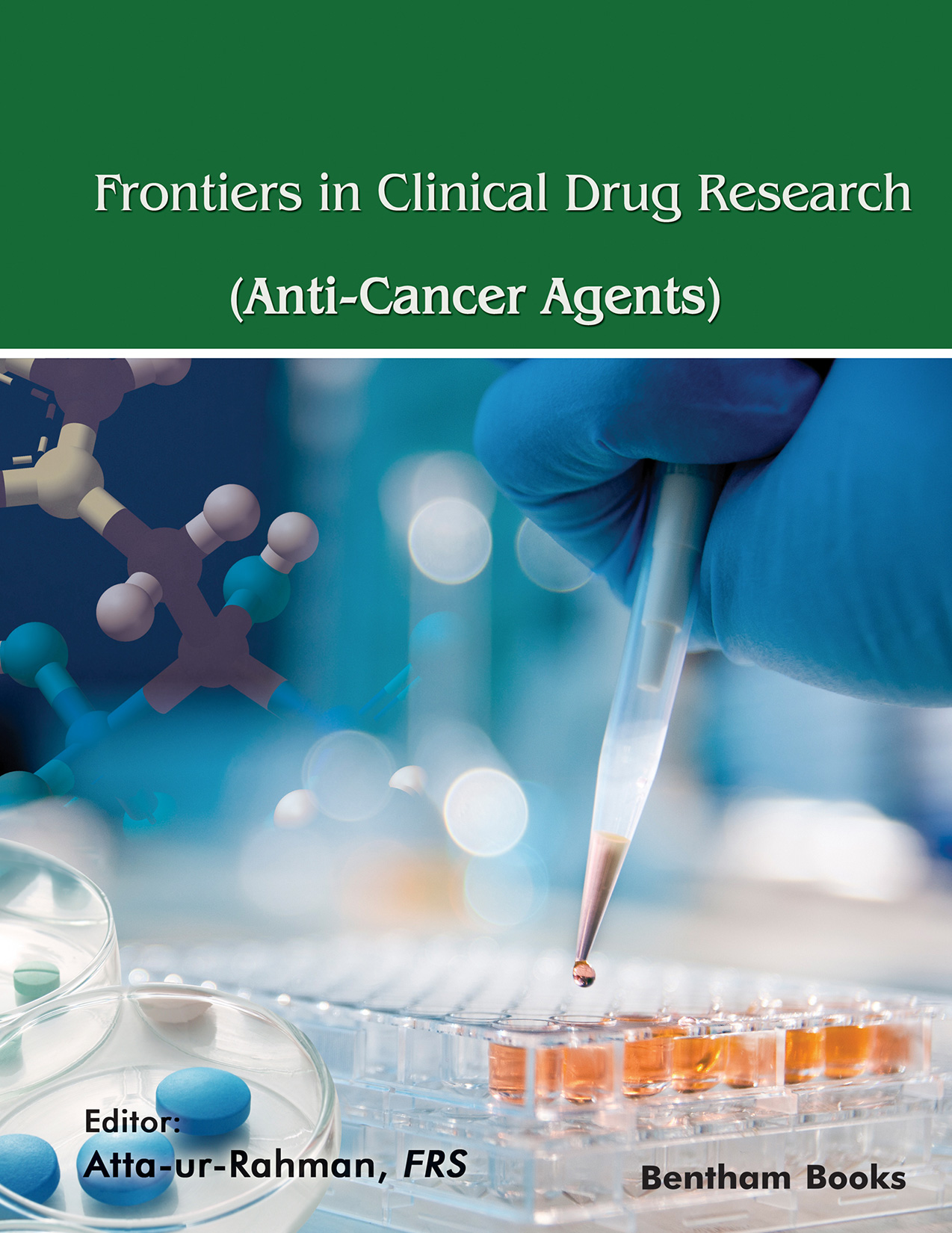Introduction
Frontiers in Clinical Drug Research - Anti-Cancer Agents is a book series intended for pharmaceutical scientists, postgraduate students and researchers seeking updated and critical information for developing clinical trials and devising research plans in anti-cancer research. Reviews in each volume are written by experts in medical oncology and clinical trials research and compile the latest information available on special topics of interest to oncology and pharmaceutical chemistry researchers. Volume 9 features reviews on these topics:
- - Dietary Strategy for Cancer Therapy - Amino Acid Restrictions and Beyond
- - The Revolutionary Potential of Noble Metal Nanoparticles as Anti-Cancer Agents: State-of-the-Art Applications and Future Perspectives
- - Algal Polysaccharides as Promising Anticancer Agents
- - Cardiotoxicity Caused by Doxorubicin and Trastuzumab: Current Understanding for Future Preventive Strategies
- - Emodin: Anticancer Agent

